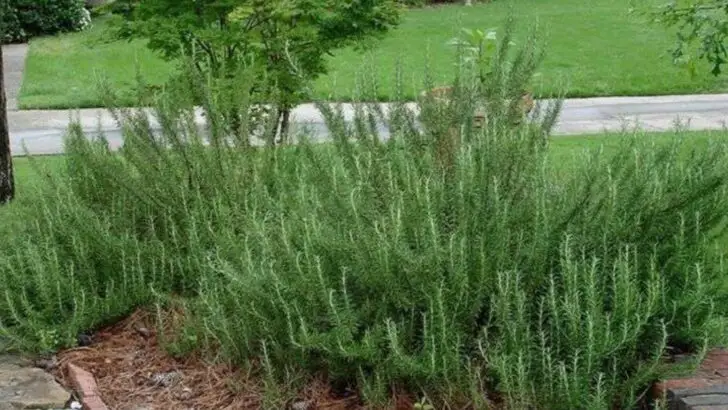Keeping herbs alive during dry stretches can be tricky, especially when your watering schedule slips or the heat spikes unexpectedly. Some herbs, though, are surprisingly resilient, thriving with minimal attention and barely flinching at a missed watering. These are the plants that keep going even when the soil’s bone dry.
Still, not all herbs are built for drought. A few are a little more dramatic, wilting fast and bouncing back only if you’re quick with the watering can. Knowing the difference can save you a lot of effort and disappointment. Here’s a list that sorts the tough from the thirsty, so you can plant smarter and stress less.
Lavender
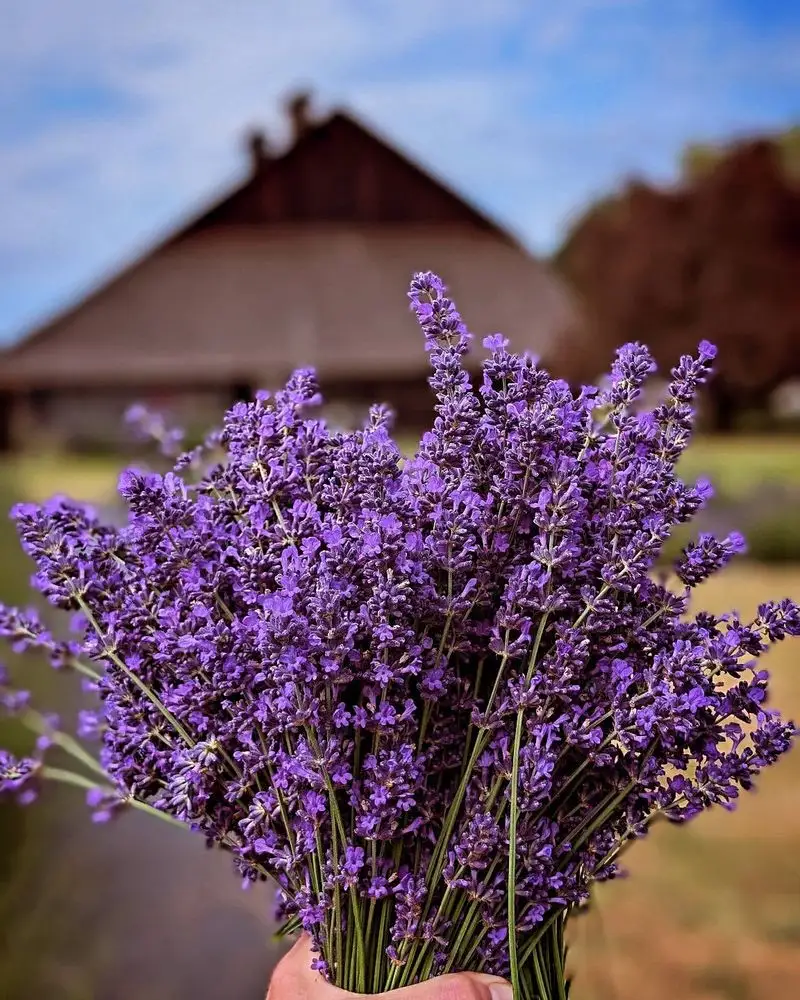
Lavender, with its aromatic blooms and silvery foliage, thrives under the sun’s warm embrace. This herb is renowned for its ability to endure dry spells, making it a favorite among gardeners in arid regions. Lavender’s resilience stems from its deep root system, which allows it to access moisture deep within the soil. The plant’s soothing scent and vibrant purple flowers add charm to any garden, offering a tranquil escape. Known for its calming properties, lavender is often used in aromatherapy and herbal medicine. Its rugged beauty and adaptability make it a cherished garden staple.
Sage
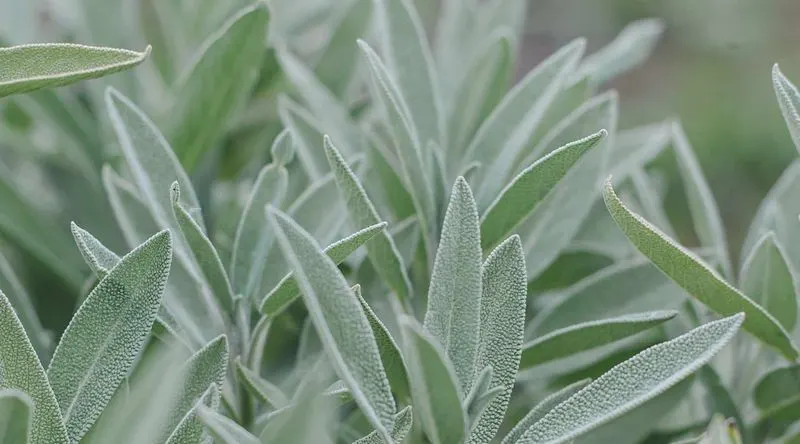
Sage stands as a symbol of endurance in the herb kingdom. With its distinct, earthy aroma and durable leaves, sage can withstand periods of drought with grace. This herb’s ability to retain moisture in its thick leaves allows it to survive in less-than-ideal conditions. Sage’s culinary versatility makes it a staple in kitchens, enhancing dishes with its unique flavor. The plant’s soft, fuzzy leaves add texture to gardens, while its silvery-green hue provides visual interest. Sage’s resilience and culinary appeal make it a beloved choice for both novice and experienced gardeners.
Thyme
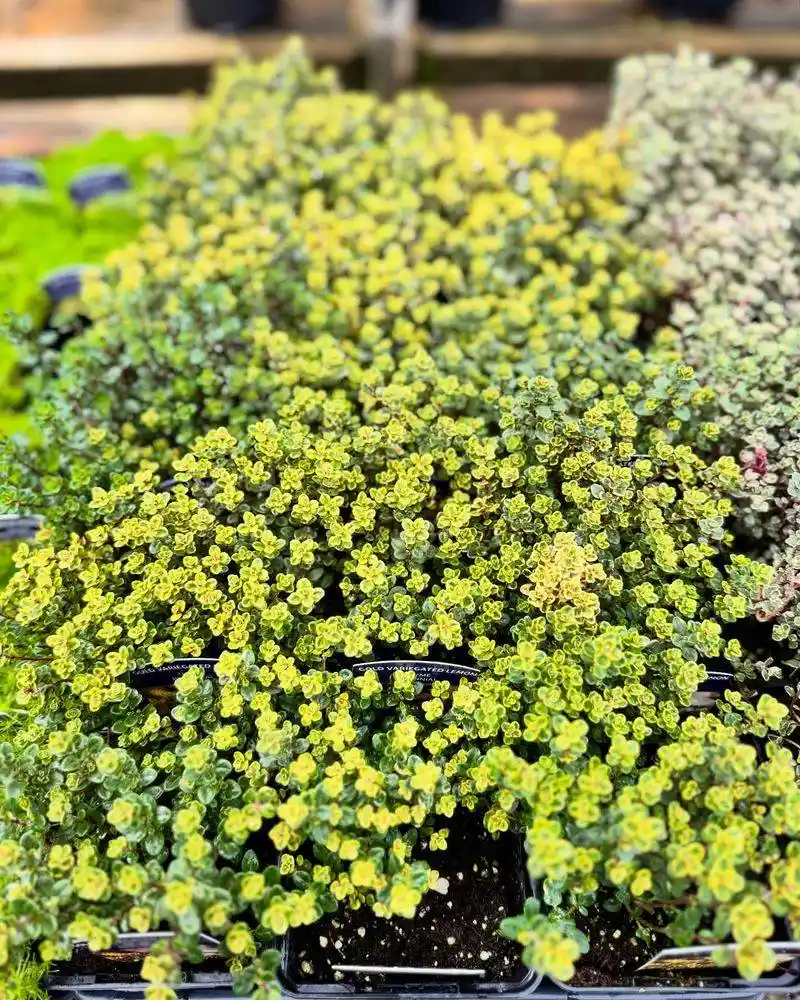
Thyme, with its petite leaves and robust fragrance, is a champion of dry climates. This herb’s low-growing nature and ability to root deeply into rocky soil make it remarkably drought-tolerant. Thyme’s subtle, earthy flavor enhances a variety of culinary creations, from soups to roasted meats. Its tiny leaves and delicate pink or purple flowers provide an attractive ground cover in gardens. The plant’s tenacity and versatility have earned it a place in both ornamental and edible landscapes. Thyme’s ability to thrive with minimal water makes it an invaluable asset to any garden.
Rosemary
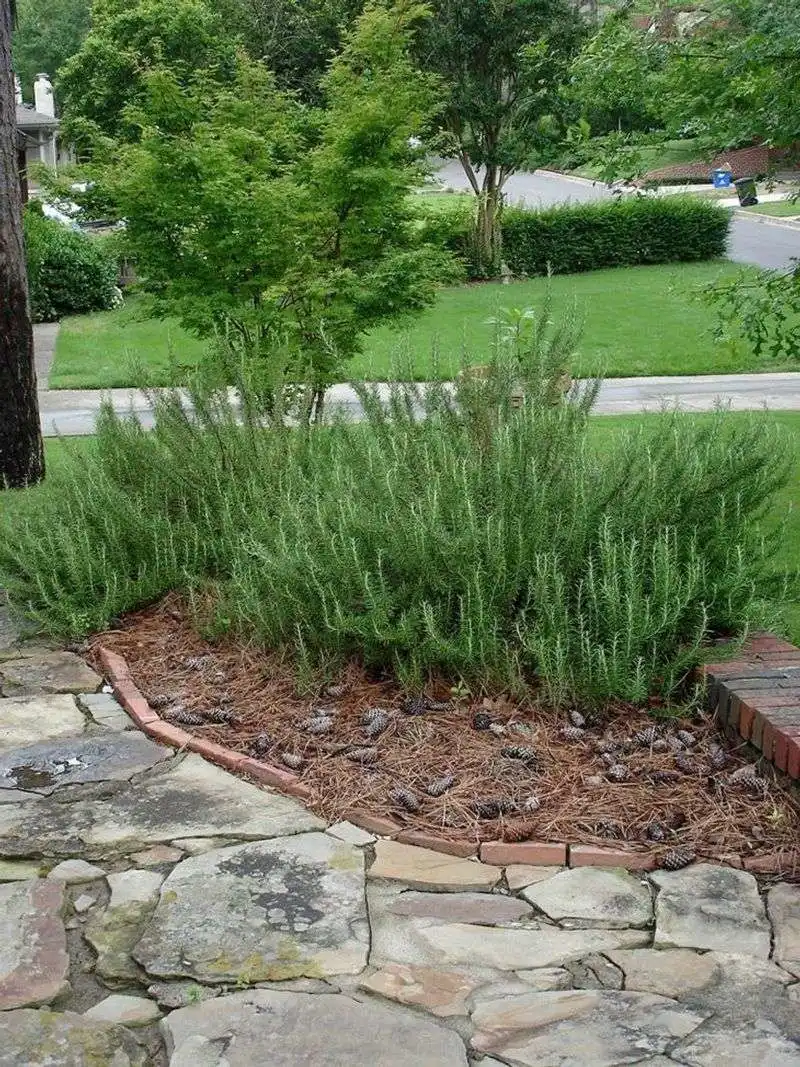
Rosemary, with its robust aroma and needle-like foliage, is synonymous with drought resistance. This herb thrives in Mediterranean climates, where water is often scarce. Rosemary’s ability to store water in its leaves allows it to survive long dry periods. The herb’s fragrant leaves are a popular ingredient in culinary dishes, adding a pine-like flavor to meats and vegetables. Rosemary’s evergreen nature and charming blue flowers make it a visually appealing addition to gardens. Its hardy constitution and aromatic presence ensure rosemary remains a favorite among herb enthusiasts.
Oregano
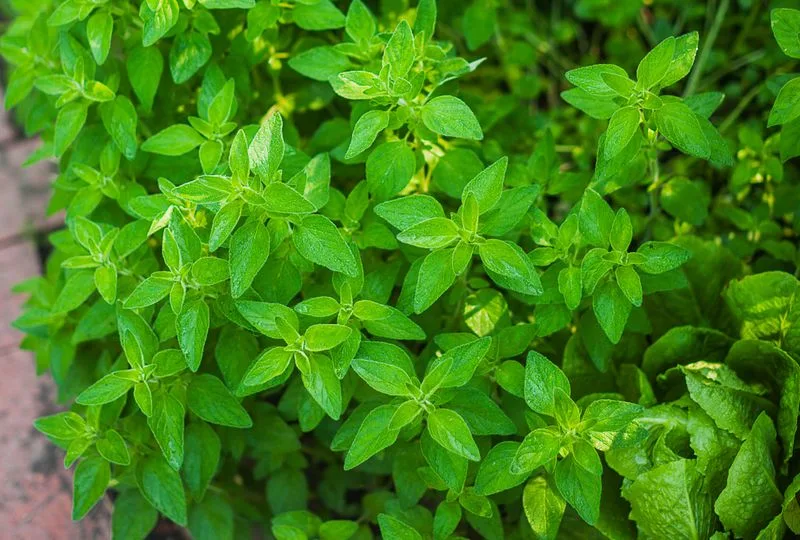
Oregano, with its bold flavor and aromatic leaves, is a staple in Mediterranean cuisine. This herb is well-adapted to dry conditions, thanks to its ability to conserve moisture within its dense foliage. Oregano’s strong, pungent taste enhances a variety of dishes, from pasta sauces to grilled meats. The plant’s vibrant green leaves and delicate white flowers create visual appeal in gardens. Oregano’s resilience and culinary versatility make it a cherished addition to herb gardens worldwide. Its ability to thrive in dry conditions ensures oregano remains a popular choice for gardeners and chefs alike.
Marjoram
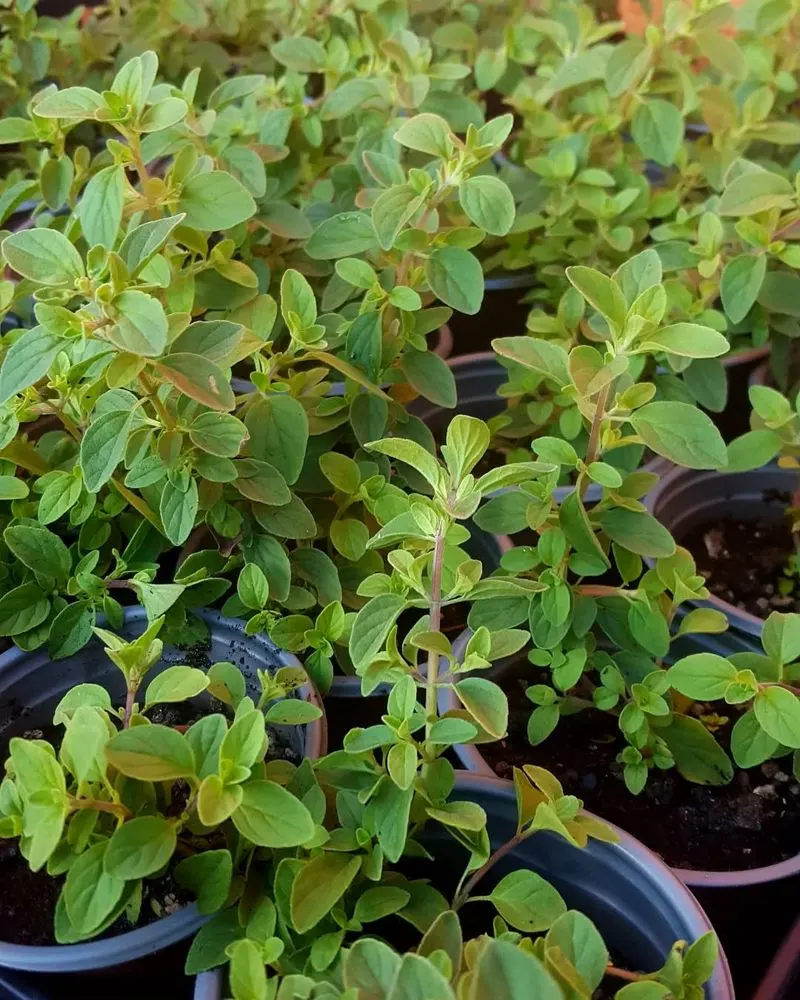
Marjoram, often overshadowed by its cousin oregano, holds its own as a drought-tolerant herb. With its sweet, citrusy aroma, marjoram is a delightful addition to various dishes. The herb’s soft, oval leaves are adept at retaining moisture, allowing it to thrive during dry spells. Marjoram’s delicate white flowers and gentle fragrance add elegance to any garden setting. Its subtle flavor complements a range of culinary creations, from salads to soups. Marjoram’s ability to endure dry conditions and its pleasing scent make it a valuable asset in both gardens and kitchens.
Bay Laurel

Bay laurel, with its glossy leaves and towering presence, epitomizes resilience in dry climates. This evergreen tree is known for its ability to withstand prolonged periods without water. Bay leaves are prized for their aromatic qualities, often used to enhance stews and sauces. The tree’s dark green foliage adds a touch of sophistication to gardens, while its height provides a natural privacy screen. Bay laurel’s robust nature and culinary significance make it a sought-after choice for gardeners. Its enduring beauty and practicality ensure this herb remains a timeless addition to landscapes.
Chives
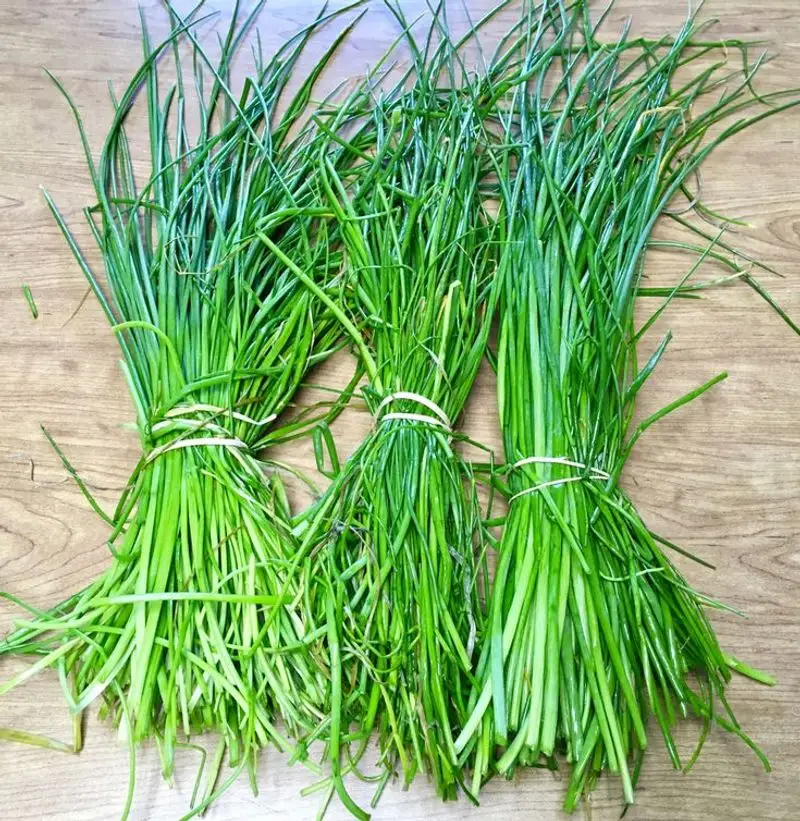
Chives, with their mild onion flavor and slender green stems, are a versatile addition to any garden. This herb’s ability to tolerate dry conditions is notable, as it requires minimal water to thrive. Chives’ delicate purple blossoms add a splash of color to gardens, attracting pollinators like bees and butterflies. The herb’s mild flavor complements a variety of dishes, from salads to baked potatoes. Chives’ drought tolerance and culinary versatility make them a popular choice for home gardeners. Their graceful appearance and subtle taste ensure chives remain a cherished garden staple.
Tarragon
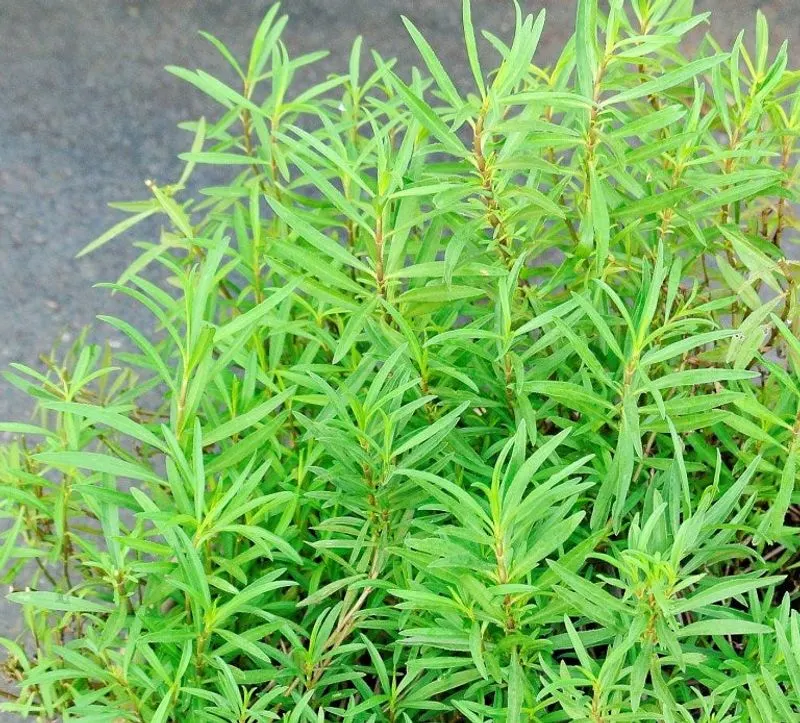
Tarragon, known for its anise-like flavor and slender green leaves, is a champion of dry environments. This herb thrives in sunny locations, needing minimal water to flourish. Tarragon’s unique taste enhances dishes such as chicken, fish, and sauces. The herb’s delicate yellow flowers and elongated leaves add elegance to garden settings. Its ability to withstand drought conditions makes it an ideal choice for gardeners seeking low-maintenance plants. Tarragon’s culinary appeal and drought resistance ensure it remains a favorite among chefs and garden enthusiasts alike.
Hyssop
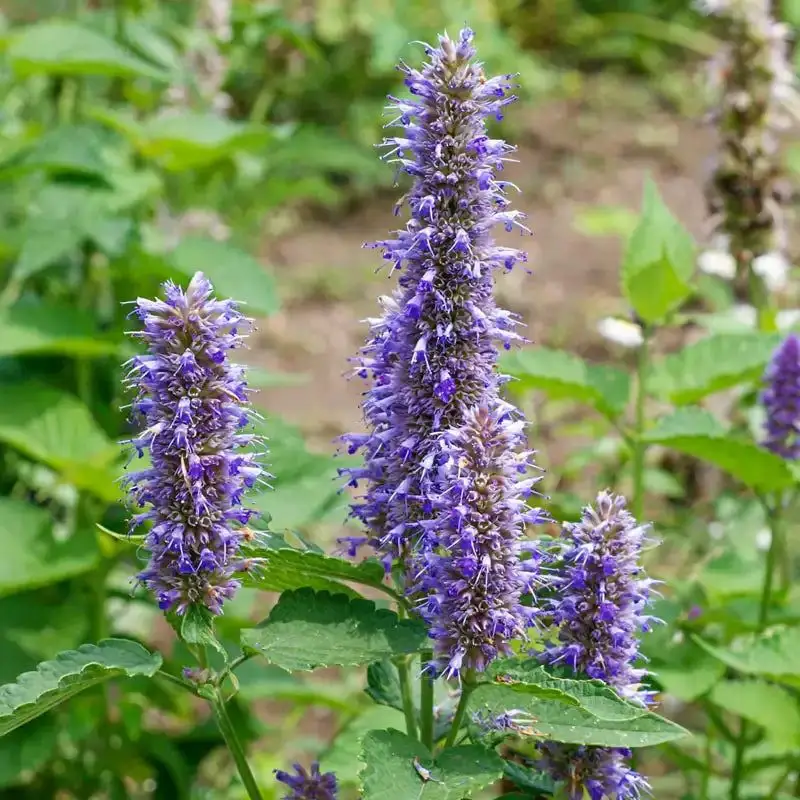
Hyssop, with its vibrant blue flowers and aromatic leaves, is a striking addition to gardens. This herb’s ability to thrive in rocky, dry soils makes it a valuable asset for gardeners in arid regions. Hyssop’s strong, minty fragrance is often used in teas and herbal remedies. The plant’s serrated green leaves and colorful blossoms attract pollinators, enhancing garden biodiversity. Hyssop’s drought tolerance and versatility make it an appealing choice for both ornamental and medicinal purposes. Its unique scent and hardy nature ensure hyssop remains a cherished herb in diverse landscapes.
Catnip
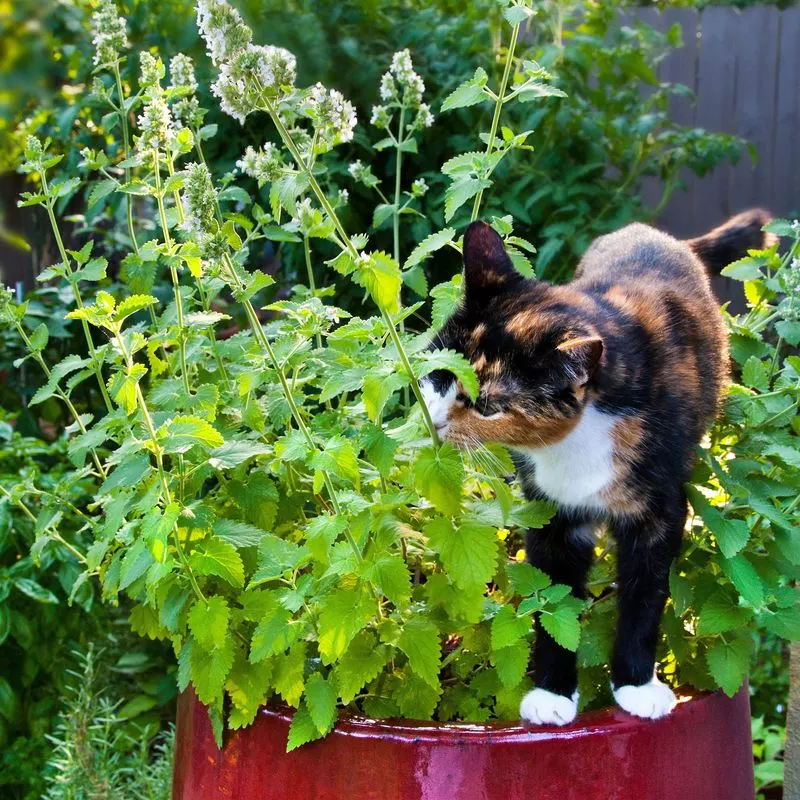
Catnip, famous for its exhilarating effect on cats, is a hardy herb that thrives in dry conditions. Its heart-shaped leaves and tiny white flowers create a charming garden presence. Catnip’s drought tolerance is due to its ability to conserve water within its fuzzy foliage. This herb’s minty aroma is used in teas and culinary dishes, offering both flavor and relaxation. Catnip’s appeal extends beyond feline friends; its resilience makes it a practical choice for gardeners in arid climates. Its playful allure and robust nature ensure catnip remains a garden favorite.
Cilantro
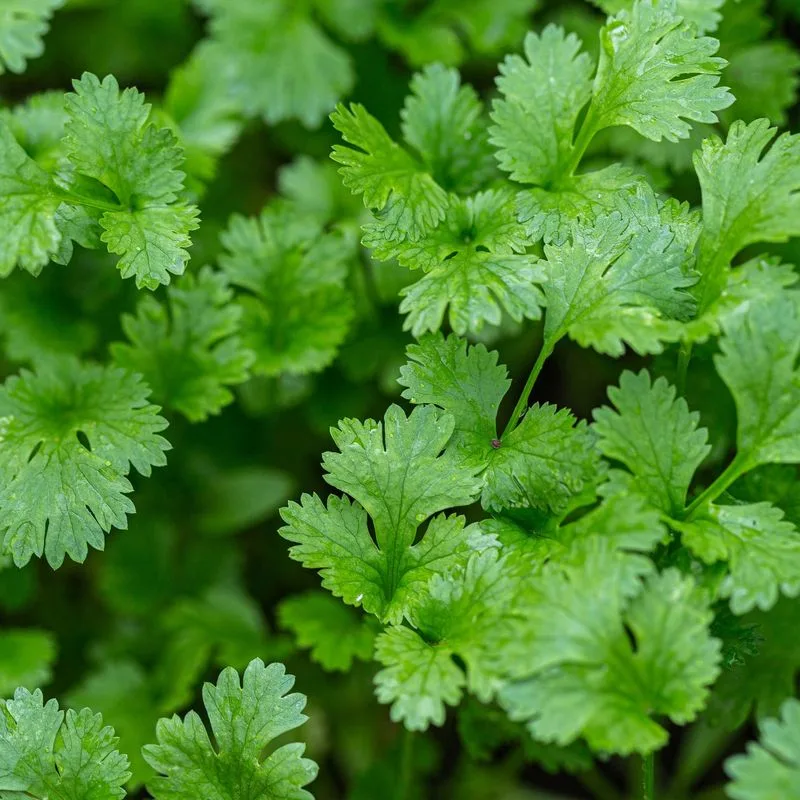
Cilantro, with its fresh, citrusy flavor and feathery leaves, requires consistent watering to thrive. This herb’s delicate nature means it wilts quickly if deprived of moisture. Cilantro’s vibrant green leaves are a staple in many culinary dishes, offering a burst of freshness. The plant’s fast-growing nature makes it a popular choice for home gardeners seeking a quick harvest. Despite its water needs, cilantro’s unique taste and culinary versatility make it a beloved herb worldwide. Its refreshing aroma and bright green color ensure cilantro remains a favorite in gardens and kitchens alike.
Basil
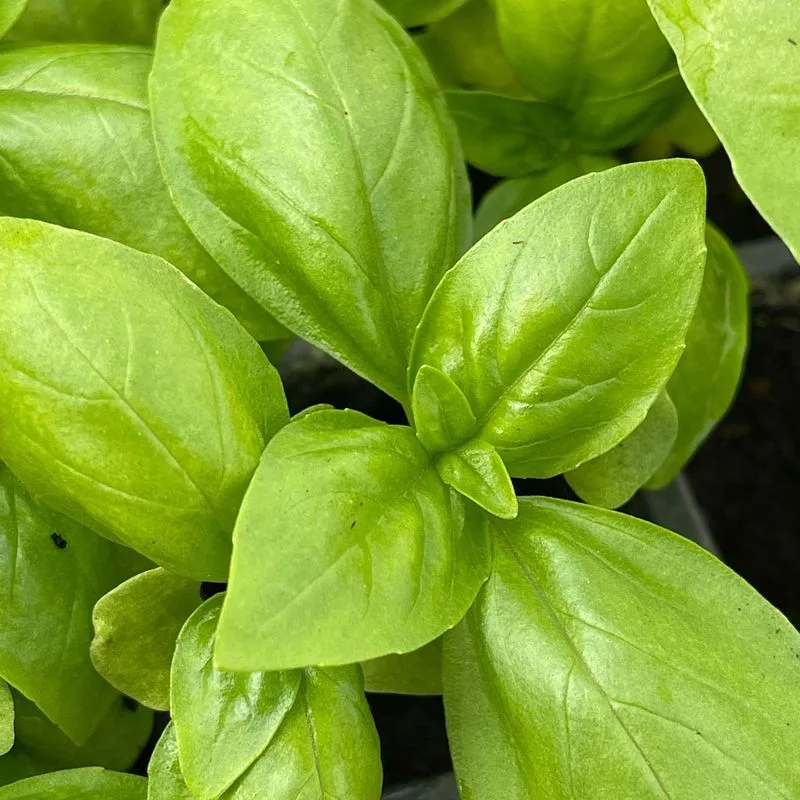
Basil, renowned for its sweet, peppery flavor and aromatic leaves, thrives with consistent watering. This herb’s sensitivity to dry conditions means it requires regular hydration to flourish. Basil’s vibrant green foliage and small white flowers add beauty to gardens, while its flavor enhances a variety of dishes, from pasta to salads. The herb’s fast growth rate makes it a popular choice for gardeners seeking fresh ingredients. Despite its water needs, basil’s culinary appeal and aromatic presence ensure it remains a staple in both gardens and kitchens worldwide.
Mint
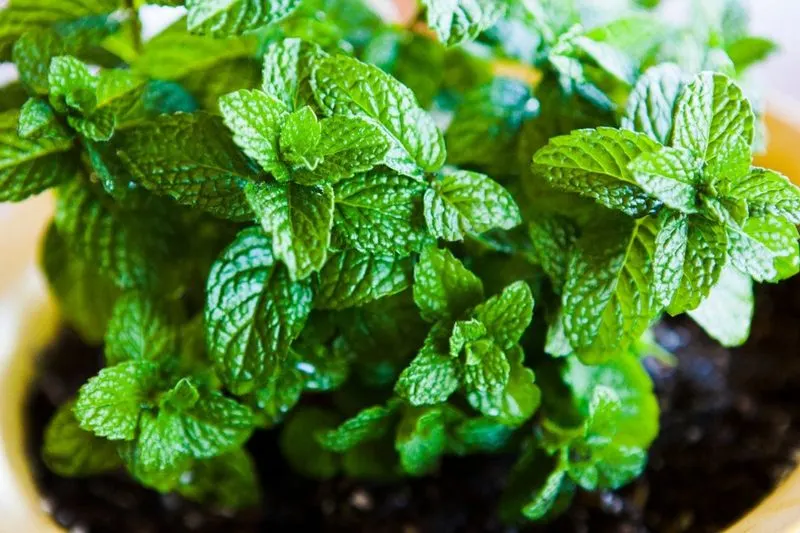
Mint, with its invigorating aroma and serrated leaves, is a herb that craves consistent moisture. This plant’s rapid growth and spreading nature require regular watering to prevent wilting. Mint’s refreshing taste enhances beverages, desserts, and savory dishes alike. The herb’s lush green leaves add texture to gardens, while its scent repels pests. Mint’s need for moisture makes it a perfect choice for gardeners with access to ample water. Despite its water demands, mint’s culinary versatility and pleasant aroma ensure it remains a cherished addition to gardens and kitchens alike.
Parsley
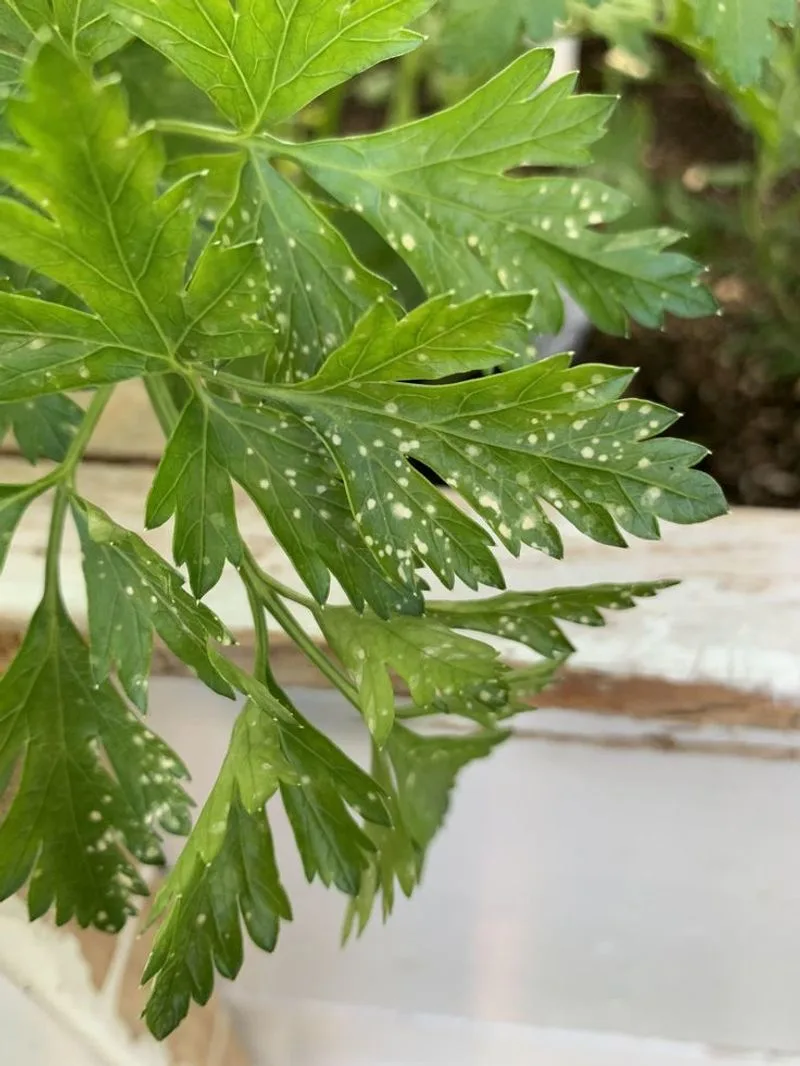
Parsley, known for its fresh, slightly peppery flavor, thrives with regular watering. This herb’s leafy greens are a staple in many culinary creations, adding both flavor and garnish. Parsley’s delicate leaves require constant moisture to maintain their vibrant color and crisp texture. The herb’s fast-growing nature and versatile taste make it a favorite among home gardeners and chefs. Parsley’s need for consistent hydration ensures it remains lush and healthy throughout its growing season. Its refreshing taste and vibrant appearance make parsley a beloved addition to vegetable gardens and kitchen counters.
Lemon Balm
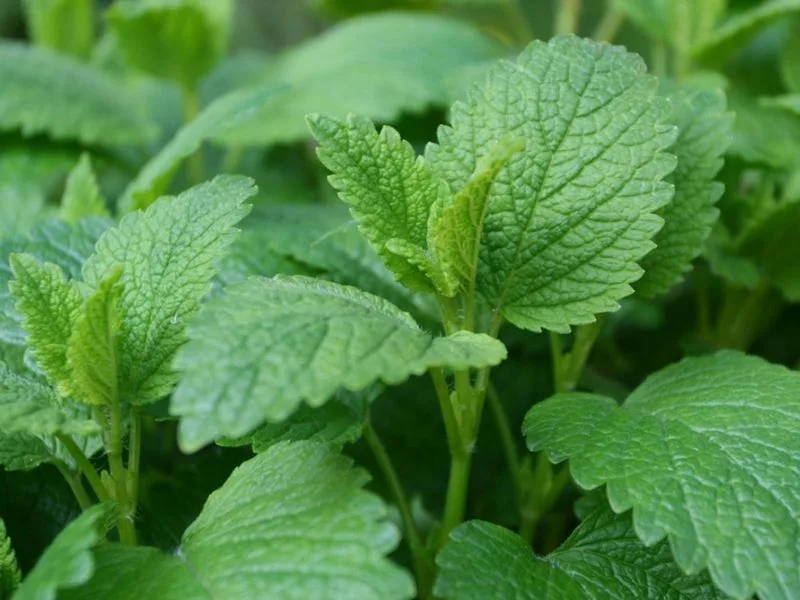
Lemon balm, with its refreshing citrus scent and bright green leaves, thrives with consistent watering. This herb’s delicate foliage requires regular moisture to prevent wilting and maintain its vibrant appearance. Lemon balm’s subtle lemony flavor enhances teas, desserts, and savory dishes. The plant’s calming properties make it a popular choice for herbal remedies and aromatherapy. Despite its water needs, lemon balm’s soothing scent and culinary versatility ensure it remains a cherished addition to gardens. Its lush growth and pleasing aroma make lemon balm a favorite among gardeners and herbalists.
Lemongrass
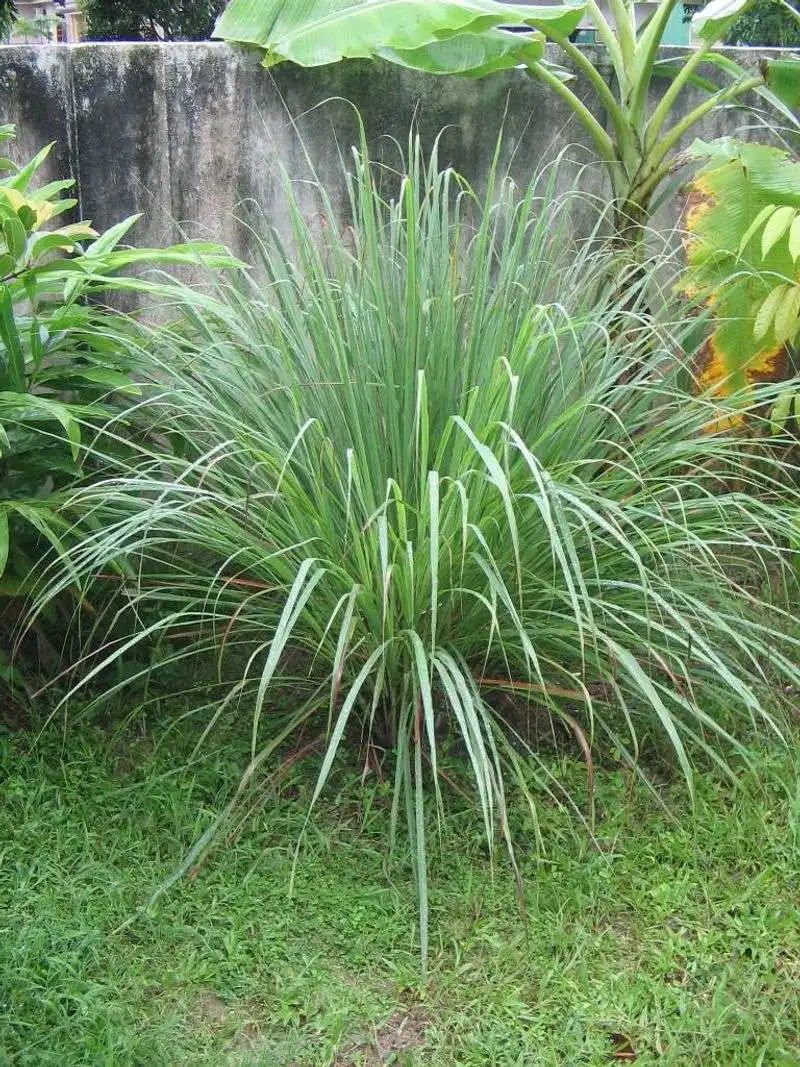
Lemongrass, with its citrusy scent, evokes images of tropical landscapes. It thrives in warm climates, basking in full sunlight and tolerating occasional dry spells. This versatile herb is often used in Asian cuisine, adding a zesty punch to dishes.
With its tall, graceful stalks, lemongrass can reach impressive heights, creating a striking visual in any garden. Its resilience makes it suitable for gardeners who might occasionally forget to water.
Fun fact: Lemongrass has been used in traditional medicine for its potential benefits, including aiding digestion and providing a calming aroma in teas.

